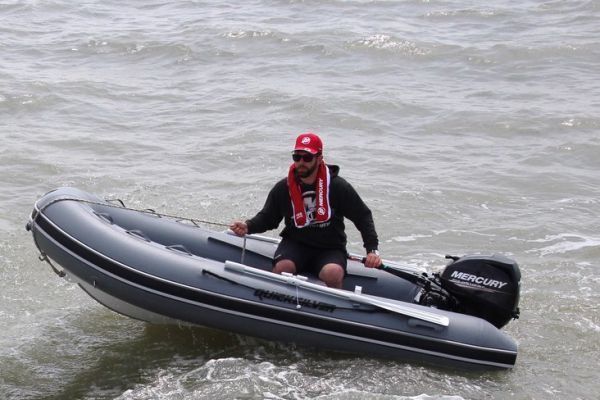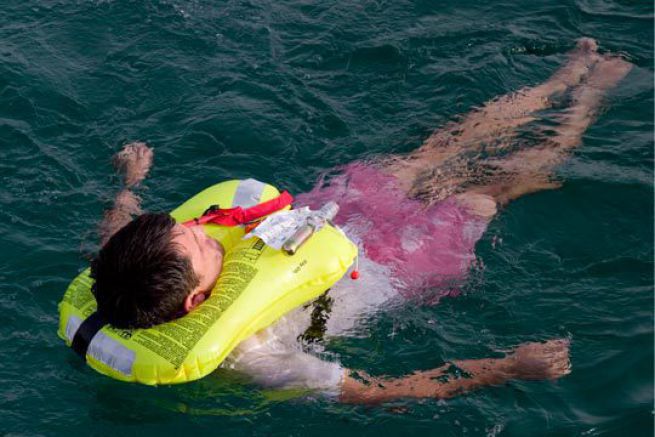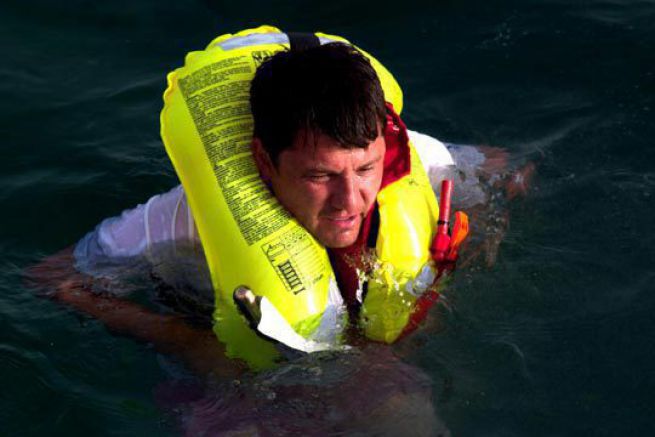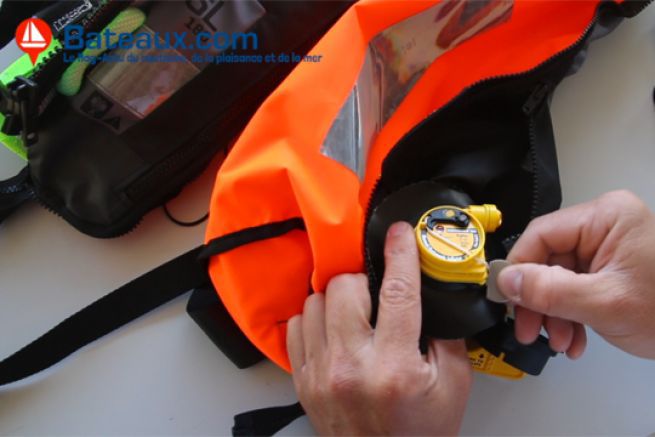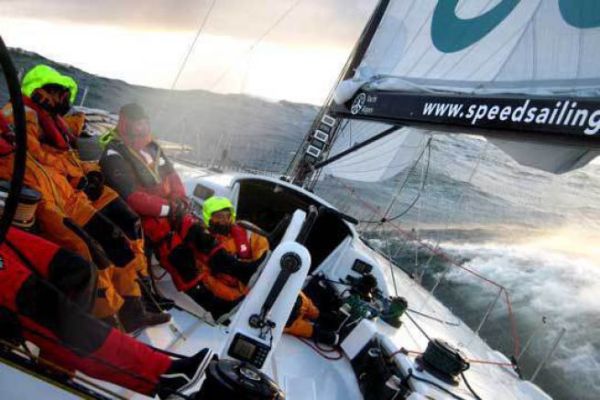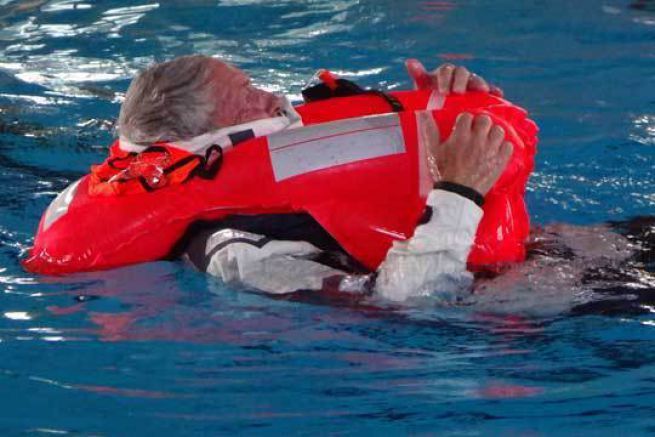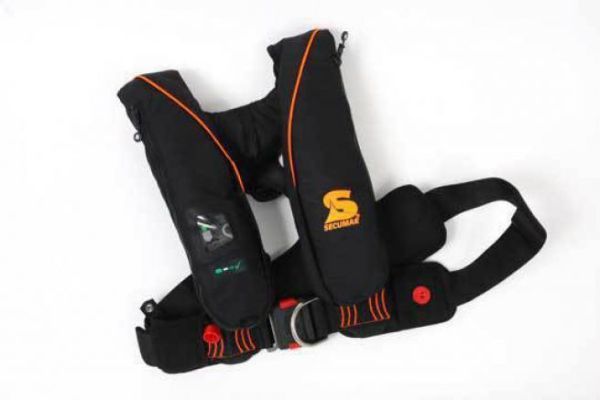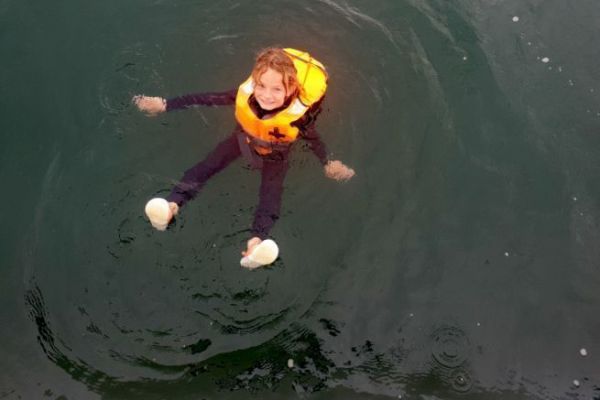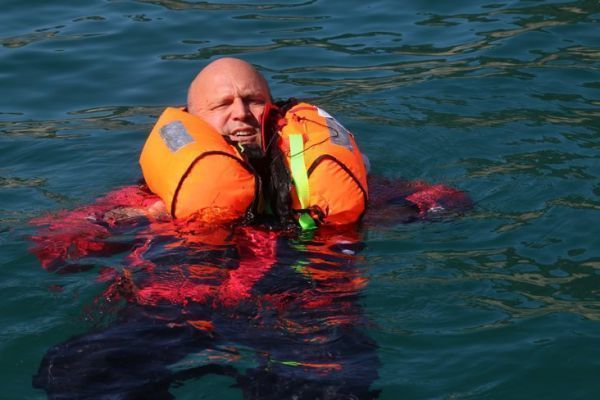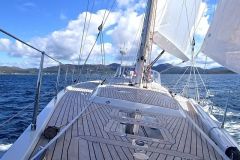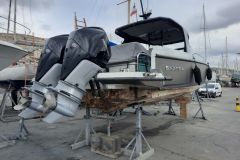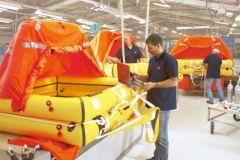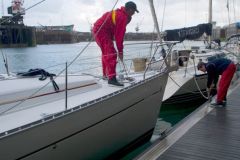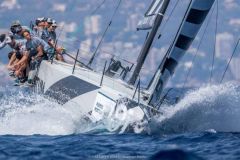The inflatable lifejacket is today the reference in terms of personal safety. He has relegated the foam vest - the one left at the bottom of a trunk - to the rank of antiques. But if this vest is undeniably more comfortable to wear, its release remains a sensitive mechanism that requires follow-up and maintenance.
Manual or automatic inflation?
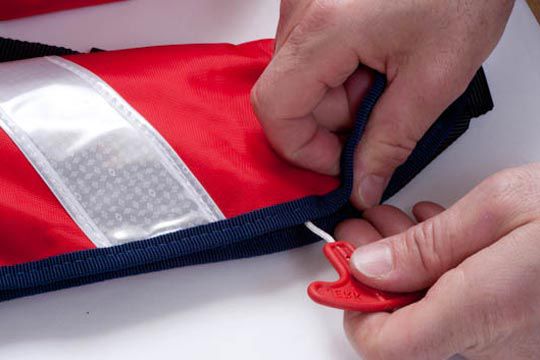
Manual Vest: it is the castaway who triggers his vest by activating a zipper accessible in the bottom of the vest. It's reliable because you don't risk an untimely release, especially by leaving the vest in the humidity of a trunk interior.
On the other hand, a shipwrecked unconscious at the moment of his fall does not see his vest open automatically. This type of trigger is mainly used by the sailors who will manoeuvre on the front beach swept by the waves. It is also the cheapest trigger system.
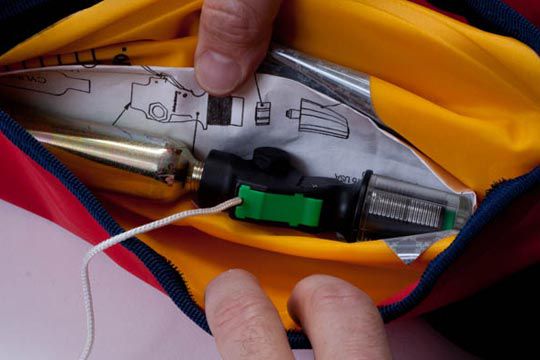
Automatic It is a mechanical system that, once immersed in water, automatically strikes the CO2 bottle. This is very reassuring, but there are risks of involuntary triggering (with a big wave for example).
There are two types of automatic triggers:
- per tablet (salt or cellulose)
- hydrostatic system.
Hammar tablet or hydrostatic system?
Tablet When in contact with water, the tablet disintegrates (it is salt or cellulose paper). It releases a powerful spring that activates a firing pin that strikes the carbon dioxide cylinder.
Advantage: Simple system, easy to recharge (gas bottle outside the chamber)
Disadvantage: With ambient humidity or a violent wave, the pellets break down involuntarily. Check regularly and overwinter in a dry place
Hydrostatic system Hammar: also called Hammar (the brand of the system), this system works under the effect of water pressure. As soon as the pressure increases (from 10 cm under water) the membrane lets the water through and the vest inflates automatically.
Advantage: No triggering due to splashing water (high pressure is required).
Disadvantage: The revision is more delicate, because the gas cartridge is enclosed in the bladder. It is therefore necessary to ensure that the assembly is perfectly watertight at the time of reassembly.
Being able to attach a harness
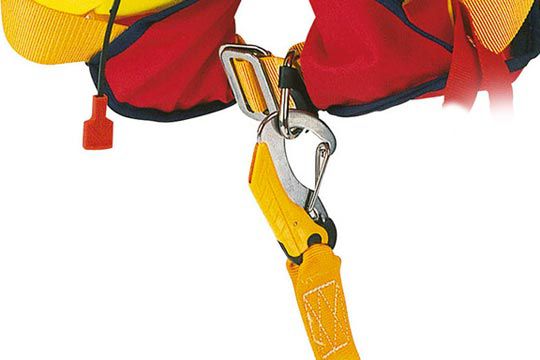
In the event of falling overboard, it is preferable to remain attached to the boat. That's what the harness is for. This equipment exists alone (without vest), but can also be integrated into the inflatable life vest (which we recommend).
The vest straps have a ring at the navel to attach a harness lanyard. This strap with a carabiner at the end serves as a link with the boat. A vest equipped with a harness is slightly more expensive, but we'll be happy to find it in position when the sea is rough.


